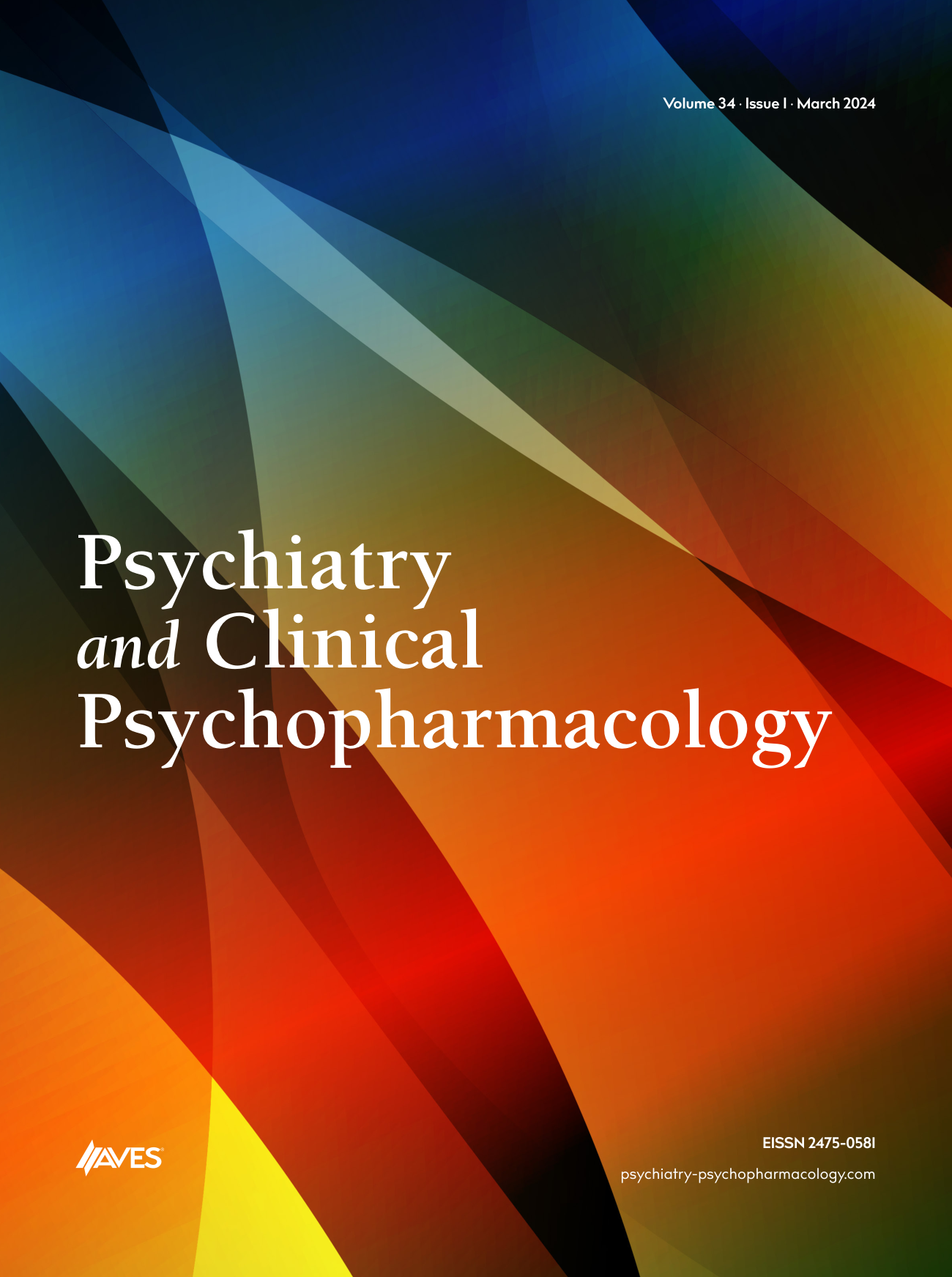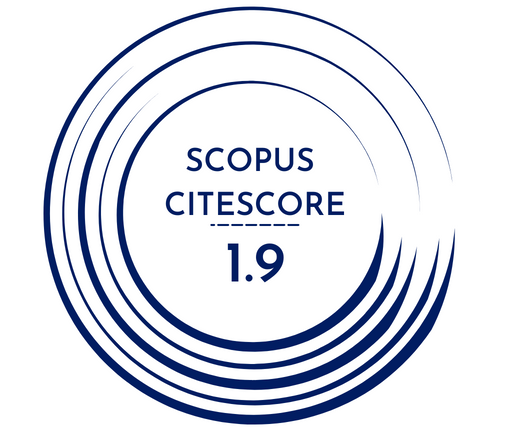Objective: Atypical antipsychotics, mood stabilizers or drug combinations, and past depressive episodes have been suggested as risk factors for the development of metabolic syndrome in bipolar affective disorder. Although there are some reports in the literature dealing with the relationship between lithium monotherapy and weight gain, consideration of the relation of lithium monotherapy with metabolic syndrome is lacking. In this study, we aimed to investigate the prevalence of metabolic syndrome in euthymic bipolar affective disorder patients on lithium monotherapy.
Methods: The progress notes between January 2009 and January 2011 in the charts of euthymic patients using lithium monotherapy were screened. According to the NCEP ATP III (Adult Treatment Protocol of the National Cholesterol Education Program) criteria for metabolic syndrome, the following parameters were recorded: triglycerides, high density lipoprotein, fasting glucose levels, waist circumference and blood pressure. The data for patients who had been treated with lithium monotherapy for at least three months were included in the study. The data for patients who had used psychotropic drugs other than lithium, and/or alcohol or other psychoactive substances within three month period were excluded.
Results: The mean age of the patients was 40.47±11.41; the mean age of females was 41.84±12.49 and that of males was 38.88±9.61 (p=0.313). An investigation of first episode type showed that 34 of them had depressive, 29 of them had manic and 2 of them had mixed episodes. The mean duration of illness was 16.70±9.86 and the mean duration of treatment was 16.67±9.90 years. The mean lithium dose was 1160±274 mg/day and the mean blood lithium level was 0.761±0.141 mEq/l. The duration of lithium use was 156.29±117.53 weeks. The mean BMI was 27.67±4.47 kg/m2 and mean waist circumference was 87.72±12.48 cm and there were no significant differences between gender according to BMI and waist circumference (p=0.173 and p=0.434, respectively). The mean fasting blood glucose level was 87.86±15.53 mg/dl, total cholesterol level was 180.29±47.38 mg/dl, HDL was 38.81±8.62 mg/dl and triglyceride level was 136.57±108.08 mg/dl. Ten patients met the criteria for metabolic syndrome. Nine of these ten patients were females and one was male (χ2 =4.841, p=0.028).
Conclusion: The prevalence of metabolic syndrome seems less frequent in patients with bipolar disorder who are being treated with lithium monotherapy when compared to other treatment modalities. Lithium monotherapy might lead to weight gain, nevertheless it might improve glucose levels in patients with bipolar disorder who have co-morbid diabetes mellitus. Further well designed, prospective studies with larger samples are required to explore the relationship between lithium monotherapy and metabolic syndrome.
Lityum monoterapisi alan bipolar bozukluk hastalarında metabolik sendrom parametrelerinin yaygınlığı
Amaç: Bipolar bozuklukta atipik antipsikotik, duygudurum düzenleyicileri ya da kombine ilaç kullanımı ve geçirilmiş depresif dönemler metabolik sendromdan sorumlu tutulmaktadır. Lityum monoterapisinin kilo alımı ile ilişkili olduğunu bildiren yayınlar olmasına karşın, metabolik sendrom ile ilişkisini araştıran yayına rastlanmamıştır. Bu çalışmada, lityum monoterapisi alan, ötimik bipolar bozukluk hastalarında metabolik sendrom yaygınlığının araştırılması amaçlanmıştır.
Yöntem: Ötimik ve lityum monoterapisi altında olan hastaların Ocak 2009 ve Ocak 2011 tarihleri arasındaki dosya bilgileri taranmıştır. NCEP ATP III ölçütlerine göre metabolik sendrom parametreleri olan; trigliserid, yüksek dansiteli lipoprotein, açlık kan şekeri, bel çevresi ve tansiyon bileşenleri kaydedilmiştir. En az üç aydır lityum monoterapisi kullanan hasta dosyalarının verileri çalışmaya alındı. Son üç ay içinde lityum dışında başka psikotrop ilaç kullanmış, ardından lityum monoterapisine geçilmiş ya da beraberinde alkol madde kullanımı bildirilmiş hasta dosyaları çalışma dışında tutulmuştur.
Bulgular: Hastaların yaş ortalaması 40.47±11.41; kadınların yaş ortalaması 41.84±12.49 ve erkeklerin yaş ortalaması ise 38.88±9.61 (p=0.313) idi. İlk atak tipine bakıldığında hastaların 34’ü depresif, 29’u manik ve ikisinin karma atak yaşamış oldukları görüldü. Hastaların hastalık süreleri 16.70±9.86 ve tedavi süreleri 16.67±9.90 yıl idi. Hastaların kullandığı ortalama lityum dozu 1160±274 mg/gün ve ortalama kan düzeyleri 0.761±0.141 mEq/l idi. Lityum kullanma süresi 156.29±117.53 hafta idi. Hastaların ortalama BKİ 27.67±4.47 kg/m2 ve bel çevresi 87.72±12.48 cm idi ve cinsiyetler arasında BKİ ve bel çevresi bakımından anlamlı bir fark yoktu (p=0.173 ve p=0.434, sırasıyla). Ortalama açlık kan şekeri düzeyi 87.86±15.53 mg/dl, total kolesterol düzeyi 180.29±47.38 mg/dl; HDL düzeyi 38.81±8.62 mg/dl; trigliserid düzeyi 136.57±108.08 mg/dl idi. Kesitsel olarak metabolik sendrom tanı ölçütünü karşılayan hasta sayısı on idi. Bu on hastanın dokuzu kadın, biri erkekti (χ2=4.841, p=0.028).
Sonuç: Bipolar bozukluk olgularında, lityum monoterapisi ile metabolik sendrom gelişme olasılığı diğer tedavilere göre daha düşük gibi görünmektedir. Lityum monoterapisinin kilo alımına yol açabileceği, yine de diabet mellitusu ve bipolar bozukluğu olan hastalarda kan şekeri açısından olumlu olabileceği düşünülebilir. Lityum monoterapisi ve metabolik sendrom arasındaki ilişkinin anlaşılabilmesi için detaylı, ileriye dönük ve geniş örneklemli çalışmalar gereklidir.



